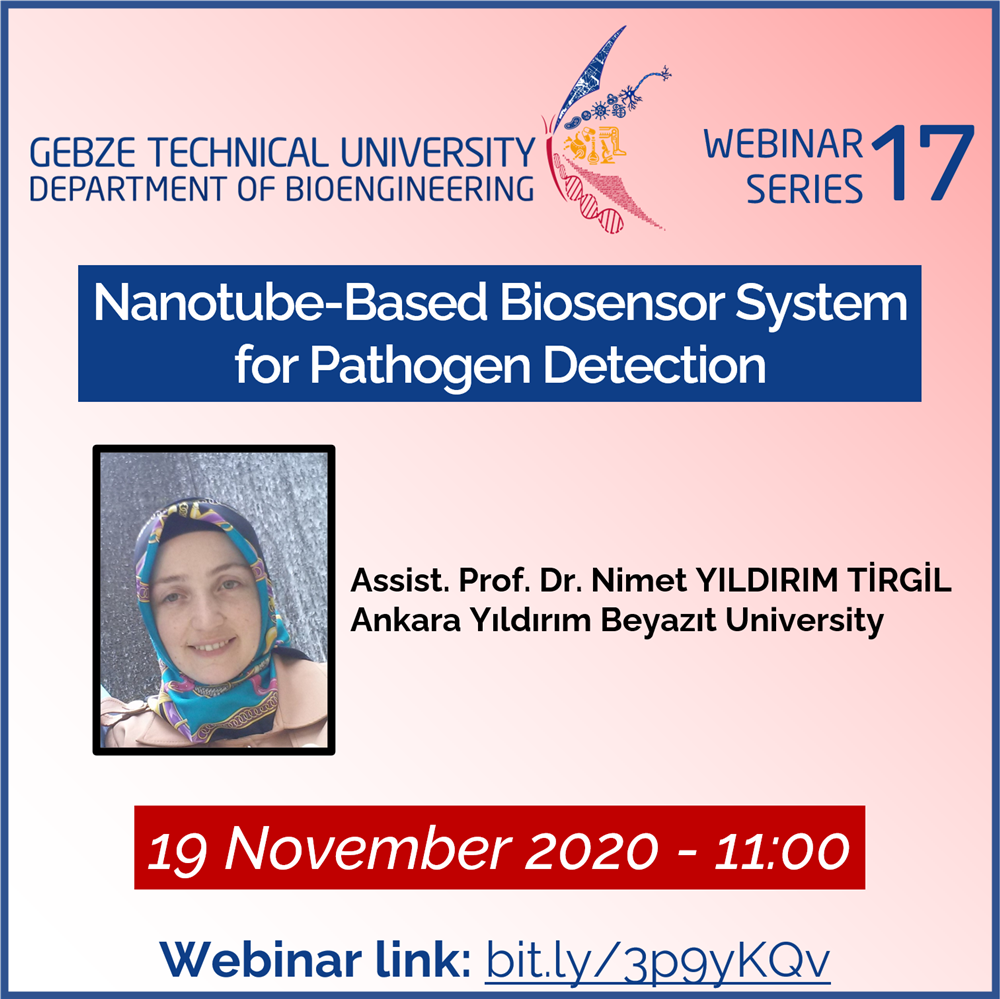
Abstract:
Waterborne pathogens are a global concern for worldwide public health. It is estimated that infectious diseases cause about 40% of the approximately 50 million total annual deaths world-wide. Because of a low infectious dose (most likely less than 100 organisms), rapid and sensitive approaches to identify the harmful bacteria are needed to prevent the occurrence of widespread outbreaks. Thus, the need for easy to use and fast systems for environmental pathogen detections has encouraged the development of new technologies and more suitable methodologies. Hence, the main advantages offered by biosensors over traditional techniques are the possibility of portability, miniaturization and work on-site, and the ability to measure pollutants in complex matrices with minimal sample preparation. In this context, biosensors appear as a suitable alternative or as a complementary analytical tool.
The new discipline of nanobiosensing merges engineering sciences, physics, chemistry, and biology that coincide at the nanometer scale and it leverages fundamental principles and phenomena beyond their macro-scale counterparts. The invention provides a simple and highly sensitive single walled carbon nanotube (SWNT) sensor for detection of a variety of analytes, including small molecules, macromolecules, and pathogens. The high sensitivity, specificity, stability, and rapid operation of the sensor render it very useful for detection and quantification of low level contaminants such as pathogens.
With this perpectives, one of our research aimed to develop a direct Adenovirus detection system, which will be a model for virus detection in this CNTs modified system, and a new aptamer based E-coli O157 H:7 detection system which will include an indirect competitive detection mode. Additionally, in this study, we are using a newly developed flexible biosensor device which fabricated by high-rate nanoscale offset printing process using directed assembly and transfer of nanomaterials.
